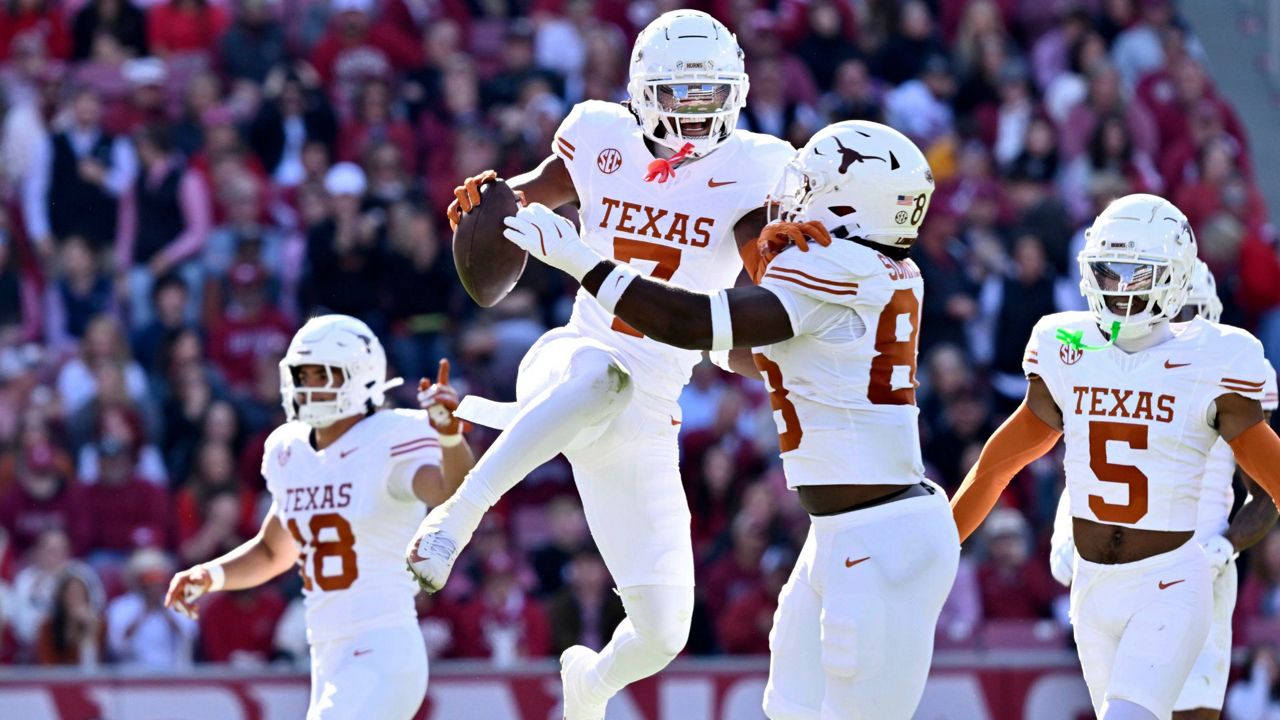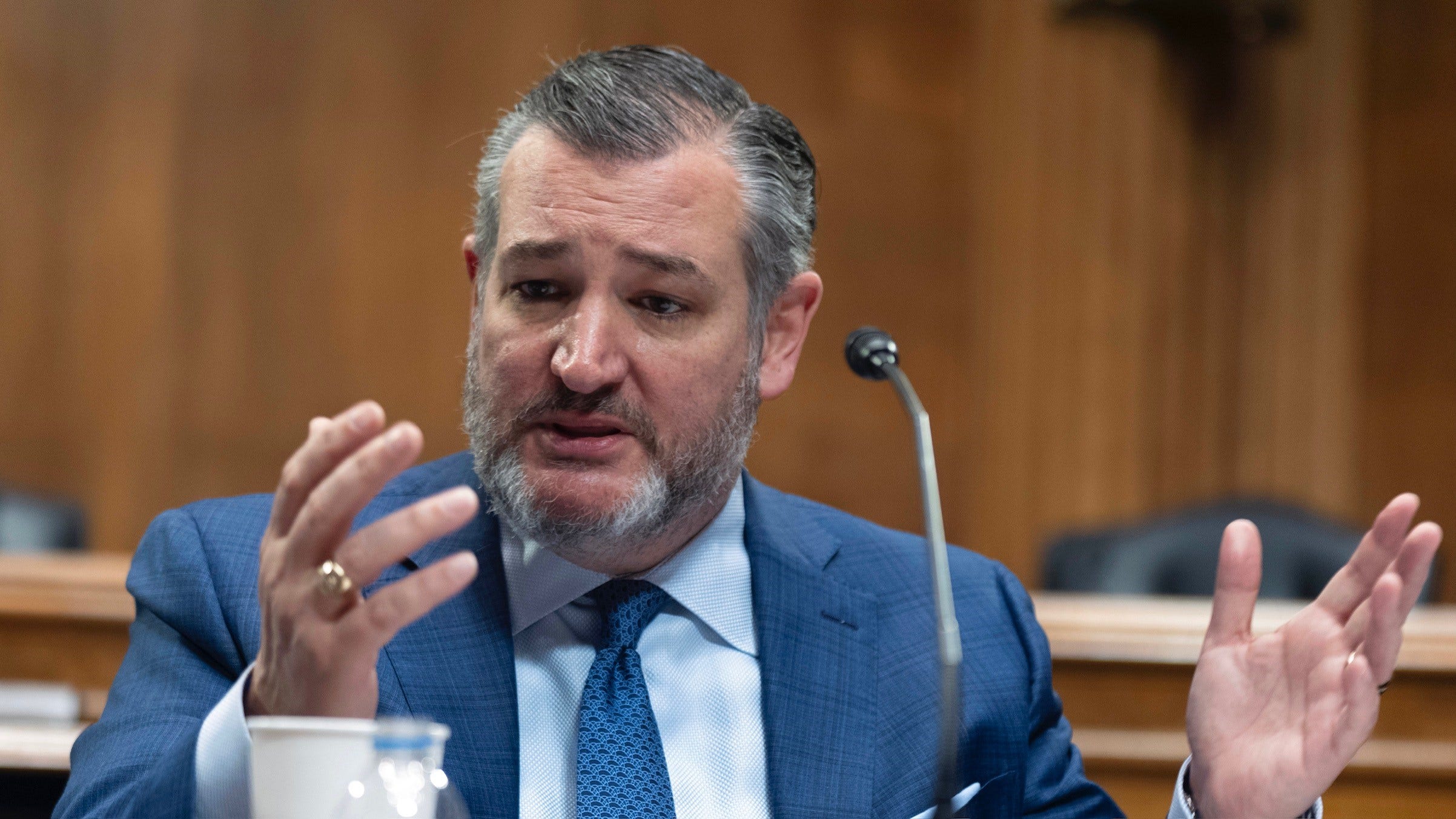North Dakota
UAlbany-South Dakota State and North Dakota State-Montana vie for FCS title

The FCS playoffs are down to the final four, and the two semifinal games will be played this weekend.
The semifinals start at 7 p.m. today as No. 1 South Dakota State hosts No. 5 UAlbany. At 4:30 p.m. on Saturday, No. 2 Montana hosts North Dakota State. ESPN2 will broadcast both games., and ABC will broadcast the championship game on Jan. 7.
We’re down to the last 4 teams in the 2023 DI Football Championship 🏈
Secure your semifinal tickets today and witness who advances to the FCS Championship 🏆
🎟️ – https://t.co/lFLks70UT7#FCSPlayoffs pic.twitter.com/2BOpTEAylo
— NCAA FCS Football (@NCAA_FCS) December 13, 2023
UAlbany vs. South Dakota State
UAlbany started the season 1-2 but rebounded nicely and hasn’t lost since dropping a 38-31 decision to New Hampshire in October. The Great Danes (11-3) have won seven straight games since then, including wins over Richmond (41-13) and Idaho (30-22) in the playoffs.
SDSU (13-0) has won 27 straight games, dating back to its season opener last year. The Jackrabbits have beaten Mercer (41-0) and Villanova (23-12) to get to this point.
Albany’s stats to watch: Albany is averaging 30.4 points per game and allowing 17.2 while averaging 368.9 yards per game and 7.9 yards per play and allowing 306 per game and 4.6 per play.
Albany’s names to know: Griffin Woodell leads the rushing attack with 888 yards and eight touchdowns, and Reese Poffenbarger has thrown for 3,371 yards and 36 touchdowns with Brevin Easton pulling in 53 catches for 1,055 yards and 13 touchdowns. Dylan Kelly (155 total tackles) and Ori Jean-Charles (112) lead the defense.
SDSU’s stats to watch: South Dakota State is averaging 36.8 points per game while allowing just 10.5. It’s averaging 448.8 yards per game and 7.5 yards per play while allowing 253.9 yards per game and 4.5 yards per play.
SDSU’s names to know: Isaiah Davis has rushed 1,384 yards and 15 touchdowns, while Amar Johnson has added 717 yards. Quarterback Mark Gronowski has completed 67.8 percent of his passes for 2,618 yards and 25 touchdowns, with Jadon Janke (46 catches for 740 yards) and Jaxon Janke (45 for 730) as the two top receivers. And Jason Freeman paces the defense with 87 tackles.
North Dakota State vs. Montana
North Dakota State was 4-2 after a 49-24 loss to North Dakota in October, but the Bison (11-3) have gone 7-1 since, with the lone loss coming to South Dakota State. NDSU defeated Drake (66-3), Montana State (35-34) and South Dakota (45-17) to reach the semifinals.
Montana’s only loss came to Northern Arizona in September, and the Grizzlies (12-1) have won nine straight since, including wins over Delaware (49-19) and Furman (35-28) in the playoffs.
NDSU’s stats to watch: The Bison are averaging 38.8 points per game and allowing 19.1, and they are averaging 443.4 yards per game and 7.1 yards per play while allowing 303.9 yards per game and 5.5 yards per play.
NDSU’s names to know: TaMerik Williams (715 yards and eight touchdowns) and Cam Miller (645 yards and 13 touchdowns) lead the ground game, while Miller has thrown for 2,531 yards and 18 touchdowns. Cole Wisniewski (81 tackles) and Logan Kopp (80 tackles) anchor the defense.
Montana’s stats to watch: The Grizzlies are averaging 32.3 points per game and allowing 15.9 while averaging 390.5 yards per game and 5.6 yards per play and allowing 309.8 yards per game and 4.7 yards per play.
Montana’s names to know: Eli Gillman has rushed for 901 yards and 10 touchdowns, and Clifton McDowell and Nick Ostmo have nine and eight rushing touchdowns, respectively. McDowell has thrown for 1,701 yards and 12 touchdowns with Keelan White, Junior Bergen and Aaron Fontes combining for 134 catches, 1,963 yards and 13 touchdowns. Braxton leads the defense with 106 tackles.
(Photo: Courtesy of Montana Athletics)

North Dakota
Four western North Dakota volleyball teams punch a ticket to state semifinals

BISMARCK, N.D. (KFYR) – The quarterfinal round of the NDHSAA State Volleyball tournament played out in the Fargodome Thursday with four teams from the west side of the state advancing to the semifinals.
In Class A, Century avenged a quarterfinal loss from a year ago to advance to the semifinals. Meanwhile, Legacy upended West Fargo Horace in an upset.
The two teams will face off in the semifinals, which guarantees that a team from the west will make the Class A State Championship game. The Patriots are 2-0 against the Sabers this season.
In Class B, South Prairie-Max and Medina-Pingree-Buchanan both advanced to the semifinals in their first ever state tournament appearance.
The Royals defeated Kenmare-Bowbells 3-0. The Thunder defeated Central McLean 3-0. That guarantees that a team from the west will also make the Class B State Championship game as the Royals and Thunder will face off in the semifinals.

Copyright 2024 KFYR. All rights reserved.
North Dakota
Cass County Deputy being investigated by the ND BCI resigns

FARGO, N.D. (Valley News Live) – A Cass County Sheriff’s Deputy who is under investigation by the the North Dakota Bureau of Criminal Investigation (BCI) has resigned from the department.
Cass County Sheriff Jesse Jahner says he was contacted by the BCI in September saying they were initiating an investigation into Deputy Carson Quam for alleged criminal activity. Jahner says the Sheriff’s Office was unaware of any criminal activity Quam was potentially involved with.
On November 21, the Sheriff’s office announced that Quam is no longer an employee of the Cass County Sheriff’s Office.
Jahner says the information was not released in September because it was an active and ongoing investigation from another agency.
“Any time criminal allegations are made against one of my employees, my Office will always collaborate with the investigating and prosecuting agencies to assist throughout the investigation and potential prosecution, working to ensure the integrity of the case. If criminal activity is substantiated, it will not be tolerated. My Office will always strive through rigorous background checks, department training, and accountability to put the best deputies in our communities to protect and serve our citizens,” said Sheriff Jahner.
The Cass County Sheriff’s Office says it is unable to comment further pending investigation and review by the Grand Forks and Cass County States Attorney’s Offices. Valley News Live will continue to follow this situation as it develops.
Copyright 2024 KVLY. All rights reserved.
North Dakota
Johnston leads Loyola Marymount against North Dakota after 27-point outing – WTOP News

North Dakota Fightin’ Hawks (2-2) at Loyola Marymount Lions (1-2) Los Angeles; Friday, 10 p.m. EST BOTTOM LINE: Loyola Marymount…
North Dakota Fightin’ Hawks (2-2) at Loyola Marymount Lions (1-2)
Los Angeles; Friday, 10 p.m. EST
BOTTOM LINE: Loyola Marymount hosts North Dakota after Will Johnston scored 27 points in Loyola Marymount’s 77-71 loss to the Saint Louis Billikens.
Loyola Marymount finished 12-19 overall with an 8-8 record at home during the 2023-24 season. The Lions averaged 11.9 assists per game on 25.9 made field goals last season.
North Dakota finished 18-14 overall a season ago while going 7-8 on the road. The Fightin’ Hawks averaged 75.3 points per game while shooting 44.3% from the field and 32.6% from 3-point range last season.
___
The Associated Press created this story using technology provided by Data Skrive and data from Sportradar.
Copyright
© 2024 The Associated Press. All rights reserved. This material may not be published, broadcast, written or redistributed.
-
Business1 week ago
Column: OpenAI just scored a huge victory in a copyright case … or did it?
-

 Health1 week ago
Health1 week agoBird flu leaves teen in critical condition after country's first reported case
-

 Business5 days ago
Business5 days agoColumn: Molly White's message for journalists going freelance — be ready for the pitfalls
-
World1 week ago
Sarah Palin, NY Times Have Explored Settlement, as Judge Sets Defamation Retrial
-

 Politics4 days ago
Politics4 days agoTrump taps FCC member Brendan Carr to lead agency: 'Warrior for Free Speech'
-

 Science2 days ago
Science2 days agoTrump nominates Dr. Oz to head Medicare and Medicaid and help take on 'illness industrial complex'
-
/cdn.vox-cdn.com/uploads/chorus_asset/file/25739950/247386_Elon_Musk_Open_AI_CVirginia.jpg)
/cdn.vox-cdn.com/uploads/chorus_asset/file/25739950/247386_Elon_Musk_Open_AI_CVirginia.jpg) Technology4 days ago
Technology4 days agoInside Elon Musk’s messy breakup with OpenAI
-

 Lifestyle5 days ago
Lifestyle5 days agoSome in the U.S. farm industry are alarmed by Trump's embrace of RFK Jr. and tariffs





















